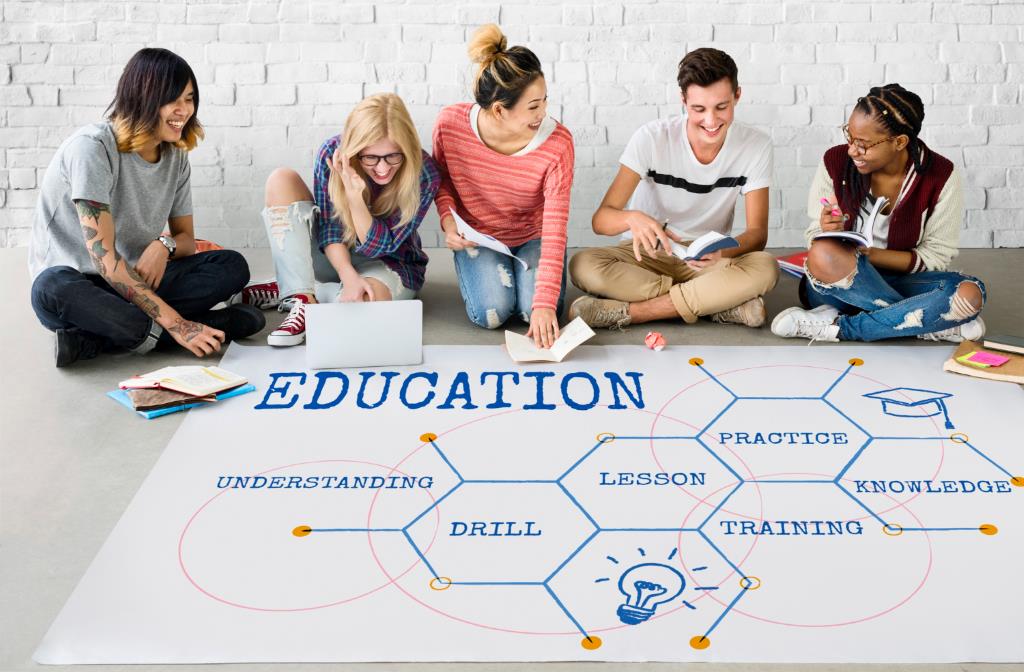In an era defined by rapid technological advancement and digital connectivity, the landscape of education is undergoing a profound transformation. As traditional educational paradigms evolve to meet the demands of the digital age, digital advertising emerges as a powerful tool shaping the future of learning.
By embracing innovation, harnessing technology, and embracing the potential of digital advertising, educators can pave the way for a more inclusive, accessible, and impactful educational landscape, empowering learners to thrive in a rapidly changing world.
The Evolution of Digital Advertising in Education
The evolution of digital advertising services in education signifies a transformative shift in how educational institutions and learning platforms engage with learners.
By leveraging targeted advertising strategies and interactive content experiences, digital advertising has become a powerful tool for promoting accessibility, personalization, and engagement in the learning process.
A. Promoting Accessibility and Inclusivity
Digital advertising has the potential to break down barriers to education by promoting accessibility and inclusivity.
Through online platforms and social media channels, educational content can reach learners in remote or underserved communities, providing access to resources and opportunities that were previously out of reach.
Moreover, digital marketing campaigns can raise awareness about educational initiatives aimed at promoting diversity and inclusion within the learning environment.
B. Leveraging Targeted Advertising
Digital advertising allows educational institutions and learning platforms to target specific demographics with precision. By leveraging data analytics and audience segmentation, advertisers can tailor their messages to resonate with the unique interests and preferences of learners.

Enhancing Learning Experiences Through Interactive Content
Enhancing learning experiences through interactive content signifies a paradigm shift in education, leveraging multimedia elements and gamification to captivate learners’ attention and promote active engagement.
By incorporating interactive videos, simulations, and gamified activities, educators can create dynamic and immersive learning environments that foster curiosity, critical thinking, and skill mastery.
This approach not only makes learning more enjoyable but also enhances retention and comprehension, ultimately empowering learners to succeed in the digital era.
A. Gamification and Interactive Learning
Gamification is another powerful tool in the digital advertising arsenal that can be leveraged to enhance learning experiences.
By incorporating game-like elements such as quizzes, challenges, and rewards into educational content, advertisers can make learning fun and engaging for learners of all ages.
Gamified learning experiences stimulate curiosity, foster competition, and incentivize participation, motivating learners to actively seek out knowledge and master new skills.
B. Engaging Visual and Multimedia Content
Digital advertising enables educational content creators to leverage engaging visual and multimedia content to enhance learning experiences.
From interactive videos and animations to immersive virtual reality simulations, digital advertisements captivate learners’ attention and facilitate active engagement with the material.
The future of education is increasingly intertwined with advertising services, as educational institutions and platforms recognize the potential of digital marketing to revolutionize learning experiences.

Personalized Learning Paths and Adaptive Technologies
Personalized learning paths and adaptive technologies represent a revolutionary approach to education, tailoring the learning experience to the individual needs and preferences of each learner.
By leveraging data-driven algorithms and adaptive technologies, educators can dynamically adjust content delivery, pacing, and difficulty levels to optimize learning outcomes.
This personalized approach empowers learners to progress at their own pace, focus on areas of interest, and receive targeted support when needed, fostering a more efficient, effective, and engaging learning experience for all.
A. Tailoring Content to Individual Learners
Digital advertising enables educational platforms to deliver personalized learning experiences tailored to the unique needs and preferences of each learner.
Through data-driven algorithms and machine learning technologies, advertisers can analyze learners’ behavior, preferences, and performance to recommend relevant content and learning resources.
Personalized learning paths empower learners to progress at their own pace, focus on areas of interest, and receive targeted support when needed.
B. Adaptive Technologies for Customized Learning
Adaptive learning technologies take personalization a step further by dynamically adjusting the difficulty and pacing of educational content based on learners’ performance and comprehension.
Educational platforms are increasingly turning to digital advertising services to enhance their reach, engagement, and impact on learners.
This individualized approach to learning maximizes efficiency, effectiveness, and engagement, ensuring that each learner achieves their full potential.
Harnessing the Power of Data Analytics and Insights
Harnessing the power of data analytics and insights is essential for optimizing educational strategies and improving learning outcomes.
By analyzing learner interactions and campaign performance metrics, educators can gain valuable insights into learner preferences, behavior patterns, and areas of improvement.

A. Measuring and Optimizing Campaign Performance
Digital advertising provides educational advertisers with valuable data and insights that can be used to measure and optimize campaign performance.
Through analytics tools and tracking technologies, advertisers can monitor key metrics such as engagement rates, conversion rates, and return on investment (ROI) to evaluate the effectiveness of their advertising campaigns.
B. Informing Instructional Design and Curriculum Development
In addition to measuring campaign performance, data analytics can also inform instructional design and curriculum development processes.
By analyzing learners’ interactions with educational content, advertisers can gain valuable insights into their preferences, learning styles, and areas of difficulty.
This data can be used to inform the design of future learning experiences, identify areas for improvement in existing curriculum, and develop personalized interventions to support learners’ needs.
Conclusion
Digital advertising is playing an increasingly prominent role in shaping the future of learning. From targeted advertising campaigns that promote accessibility and inclusivity to interactive content experiences that engage and inspire learners, digital advertising has the power to transform education in profound ways.
By harnessing the capabilities of digital advertising, educational institutions and learning platforms can deliver personalized, engaging, and effective learning experiences that empower learners to thrive in the digital age.



